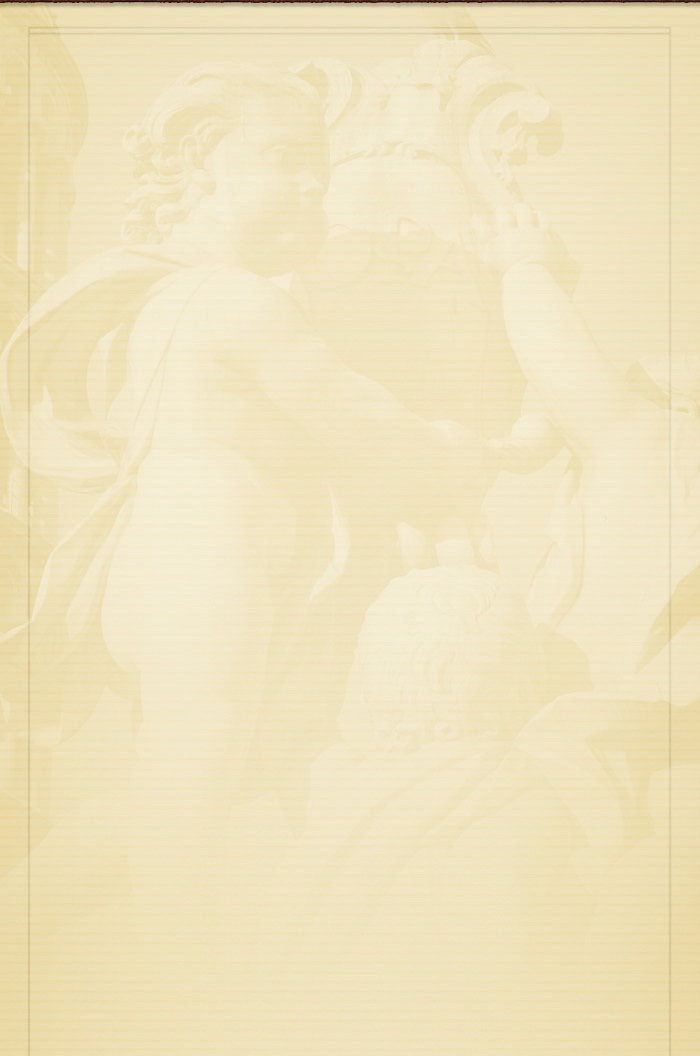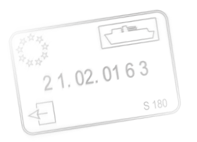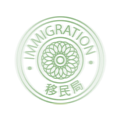Our Retailer, Varmax Liquor Pantry, asked why and how I decided to make wine in Italy, specifically Toscana. This is the explanation written for their website newsletter, with an introduction by Tracy Maxon.







When I asked the friend and Westchester-based owner of Podere Collalto to write a letter that I could send to our customers about his wine and winery, I had no idea that I would get the story that appears below, which reads almost like the summary of a movie, and showcases Dr. Buly's passion for not only his wine, but for the Tuscan region and its wines.
Before I had the opportunity to even ask Dr. Buly to write this email, we first tried his wine. A friend of the family, and golfing buddy of my father, we were given the opportunity to exclusively sell the first vintage of Podere Collalto worldwide! My tasting notes will appear after Dr. Buly's wonderful letter, but let me preview them by saying that this wine is excellent and well-made in quality, and if this is the first vintage, it is a sign of amazing things to come.
The following is the letter that I received from Dr. Buly:
Here are some reflections about our wine production and why I decided to pursue this passion of mine.
My surname is certainly not Italian. My paternal grandparents emigrated from Ukraine so that my grandfather could work in the steel plants of Western Pennsylvania. My dad then enlisted in the U.S. Army during World War II and subsequently served in North Africa, Sicily, Italy and then the occupation forces in Austria after VE Day.
One night during the summer of 1944, after the Germans were evicted from Tuscany, my father and a buddy had commandeered a motor scooter and were bounding over the countryside looking for a place to obtain some "Dago Red". (That’s my Dad in the first photo above, in the Piazza Michelangelo overlooking Firenze with his Army motorcycle).Seeing some lights over a hill, they stumbled into the village of Torre a Castello. My mother. Fedora Gigli, who lived in a nearby village, was attending a celebratory liberation dance with 7 of her female cousins. Once the two suntanned American soldiers walked in in full uniform, it was love at first sight. After VE day, my father had permission to be discharged from the Army instead of going to the Pacific where the war still raged. My father reenlisted once the colonel confirmed that he could remain in Italy and complete the bureaucratic maneuvers necessary to obtain permission to marry an Italian citizen. So I guess one could say that my very being began with a search for red wine!
Once the permission was obtained, my parents were married in the village of Serre di Rapolano, approximately 25 km east of Siena. The entire village turned out for the wedding on November 29, 1945 (second photo above, that is 7-year old cousin Giulio as ringbearer). My mother's friends were jealous, marrying an American (even if he was a plumber and the son of poor Ukrainian immigrants) was akin to marrying a Rockefeller. Through the black market my father was able to obtain gasoline for the vehicles, food for the wedding, wine and ingredients for the wedding cake. He was able to procure funds to pay the priest, church and band. A wedding dress (impossible to find in Italy during the war) was obtained from and shipped from my dad's sister Stella, living on the farm in Pennsylvania.
My mother, aged 88, still lives in Pennsylvania while every other maternal relative that I have still lives around Siena. When we could afford it while growing up, my family which included 5 boys, would vacation in Italy. My brothers and I became fluent in Italian since my mother would speak it at home. We all became enamored with the Italian food and lifestyle. From childhood, I always dreamed of being able to have a place in the Italy that could produce olive oil and wine.
In 2006, after searching for a suitable place for years, my cousin Giulio discovered that Podere Collalto was for sale, approximately 6 miles from his own vineyard and farm, in the town of Trequanda.
"Podere" means “farm” in Italian, while "Collalto" means “high hill”. The place seemed to be perfect for us, it had enough land for a vineyard and already had over 300 olive trees. The land is in the Chianti DOCG region. We figured that it should be able to produce an excellent wine. There is fantastic sunlight in the summer and the very dry months of July August and September allow for an excellent sugar concentration. The vineyard was planted in early 2008. In addition, the altitude of 515 meters means that there is nearly always a summer breeze which dries out the vineyard after rainstorms and cool nights to allow the grapes to rest. The soil in the region appears to be perfect for olives and grapes, rocky and not overly fertile. The Italians feel that like people, olive trees and vines do better in the long run if they have to suffer and struggle somewhat as they develop.
From our house, we can see the towns of Montalcino (the home of world-famous Brunello) and Montepulciano (also excellent but less famous Vino Nobile di Montepulciano). Fantastic Chianti Classico is produced about 20 minutes away. Therefore we felt that the climate and soil should certainly be conducive to producing an excellent wine. My cousin Giulio felt that we were crazy for attempting this endeavor. He has his own vineyard of almost 6 acres. Over the years my family and friends have helped him with his Vendemmia (grape harvest). It is a magical time of year in Tuscany. The countryside is loaded with ripe grapes. The weather is almost always sunny and fantastic. The region hums with frenetic activity. He said that he would be happy to sell me his wine or grapes instead. But, it would not be the same. I really wanted to establish my own vineyard. Besides, before deciding to become an orthopedic surgeon, my undergraduate degree from Penn State was in Plant Science in the College of Agriculture. I would finally be able to utilize that part of my education from decades ago.
In Italy, even if you own land, you cannot simply establish a vineyard. First, one has to purchase the rights to plant. This is done through the local agricultural administration. Producers who have taken their vineyards out of production can sell their license. The parcels come in a variety of acreages. The price is dependent upon whether it is designated DOCG, DOC or IGT. We started with a half hectare parcel (1.2 acres) of DOCG, Chianti zone. However, Instead of planting primarily Sanglovese, we've decided to produce an IGT blend of Sanglovese, Cabernet and Merlot. I have always enjoyed a "Super-Tuscan" type blend. Some white grapes were planted as well to be used for Vin Santo, the famous Tuscan dessert wine.
In cooperation with our enologist, Massimo Carpini, we have decided to employ more scientific techniques rather than the old Tuscan methods of my cousin. We have used temperature control (dry Ice addition during maceration), analysis of sugar and pH to select the best time for harvest and the use of "green harvest" In August, cutting and throwing away approximately half the grape clusters to allow further concentration of the remaining ones. That one really kills my cousin Giulio, his old Tuscan farmer mentality will simply not allow him to throw away perfectly good grapes I In 2011, we started with a new technique of canopy management employed In June that should have the same effects as the traditional green harvest.
Harvesting the grapes is really labor-intensive. Do you remember how Tom Sawyer convinced his friends that painting a fence was actually fun, which allowed him to get away without actually doing the work? That same trick seems to work with my friends, professionals from all walks of life, when we convince them to come to Tuscany during the Vendemmia for a few days of backbreaklng physical labor!
Since our 1st effort of the 2009 vintage appeared to be reasonably good, we considered enlarging the vineyard. The barrel tastings of the 2010 and 2011 vintages seem to be even better. Therefore, In March 2012 we tripled the size of the vineyard to 1.5 ha (3.48 acres). In addition to the varieties already present, a considerable amount of Shiraz was added, which the local agronomy expert thought would be great for our “terroir”. Once this comes into production in 2014, the vineyard should be able to produce about 1200 cases per year. We hope that this endeavor will prove to be more than an expensive hobby, but there are no plans for me to give up my day job anytime soon.
We hope that you enjoy our wine!
Best wishes, Robert and Lynne Buly
Larchmont, New York and Trequanda (Siena) Italy.
What a great story, right? As for the wine, well, it just keeps getting better and better, it seems, each time that I taste it. The nose sings with cherry and dried cherry aromas, and upon first taste, the palate really explodes with delicious ripe and dried red fruit, with a hint of eucalyptis, and some soft tannins, giving structure to this blend. Smooth textured, with a long finish, this has quickly become my house red and I've only heard great things from the customers that we have recommended this to. Plus, our wine team tastes a lot of wine, so when there's an argument over who gets to take home the Podere Collalto at the end of the day that we first tried the wine, we really knew we had a winner!
I hope that you enjoyed this letter, and the wine as much as we do, and I for one am very much looking forward to a week at Podere Collalto in July!
Cheers!
Tracy Maxon tracv@varmax.com



